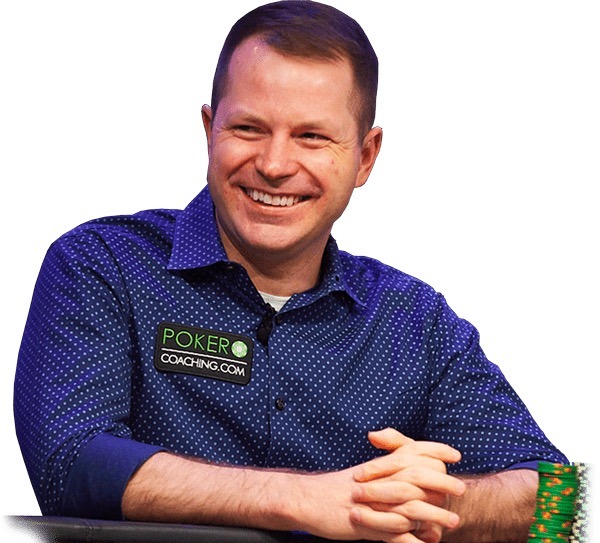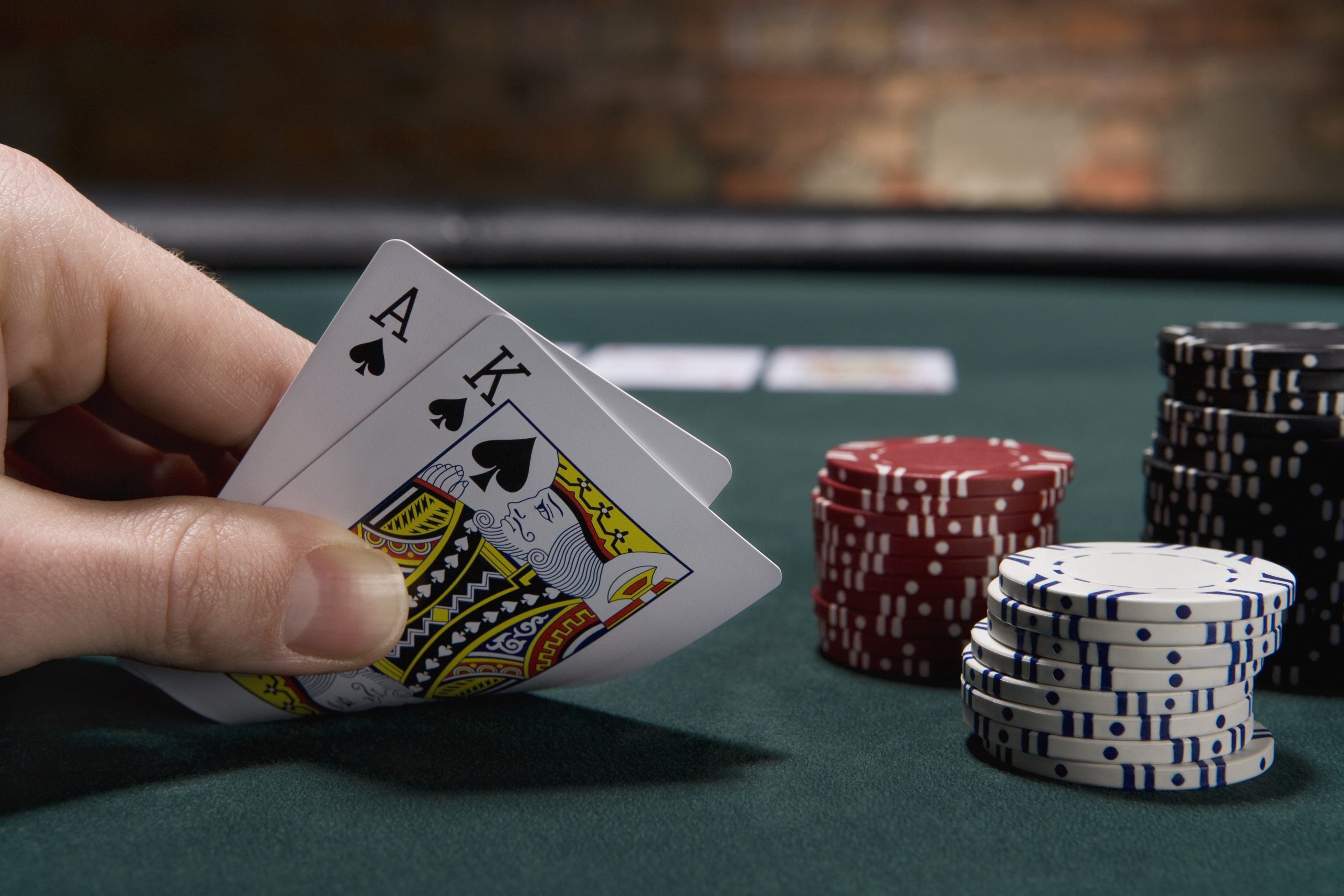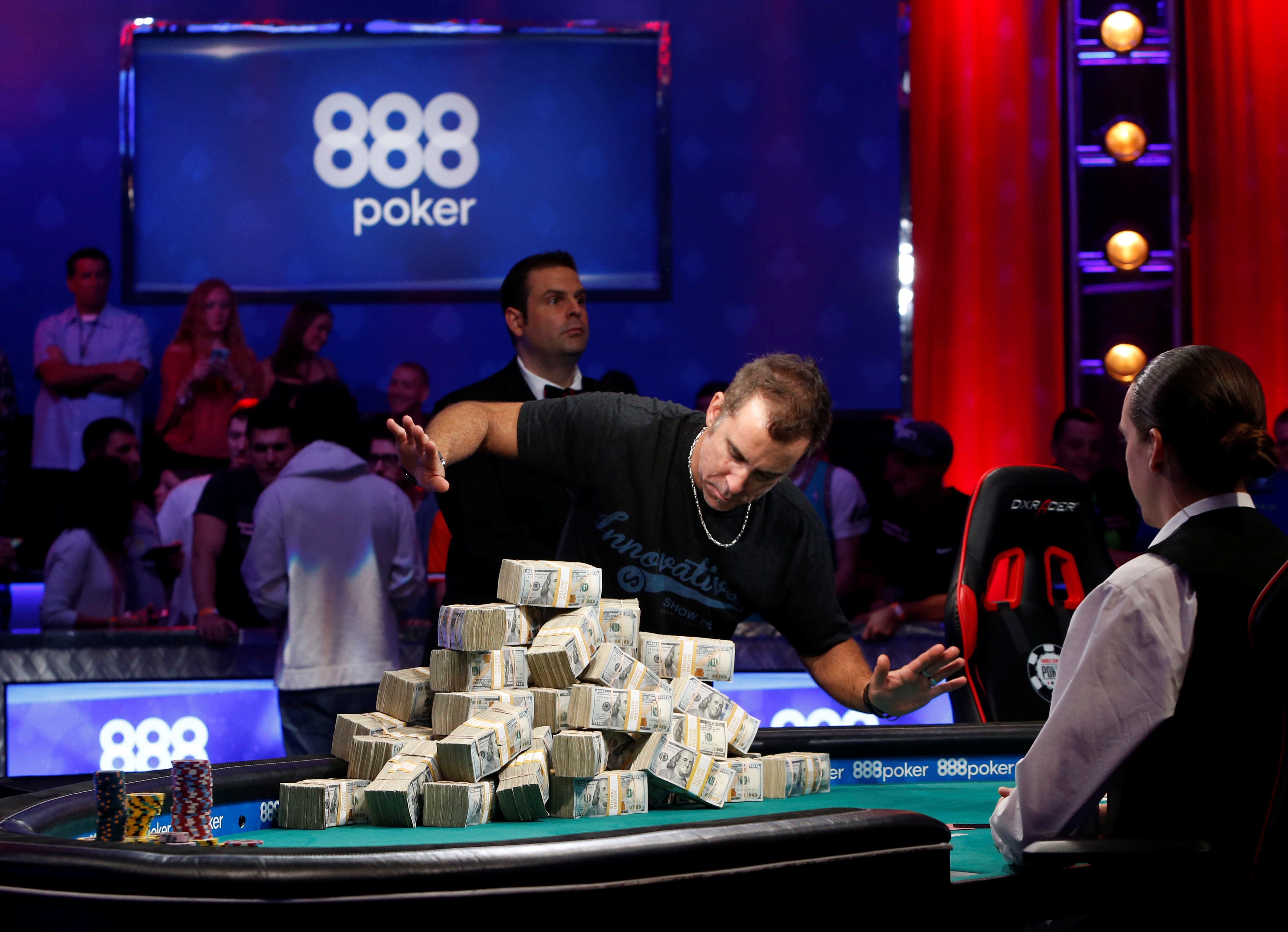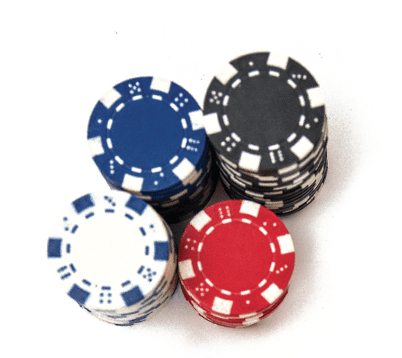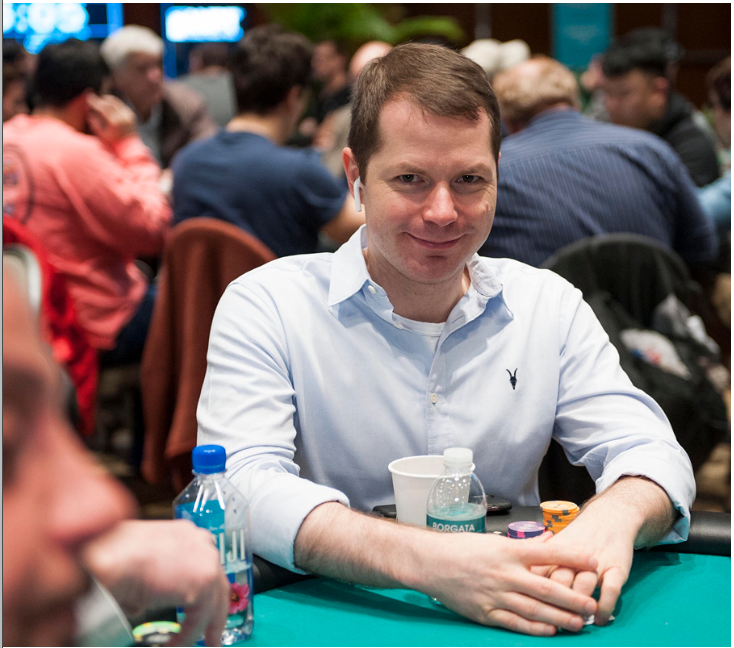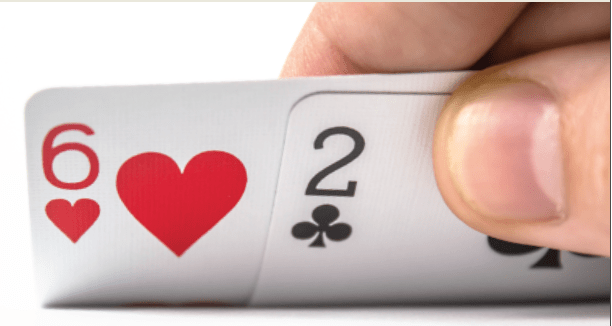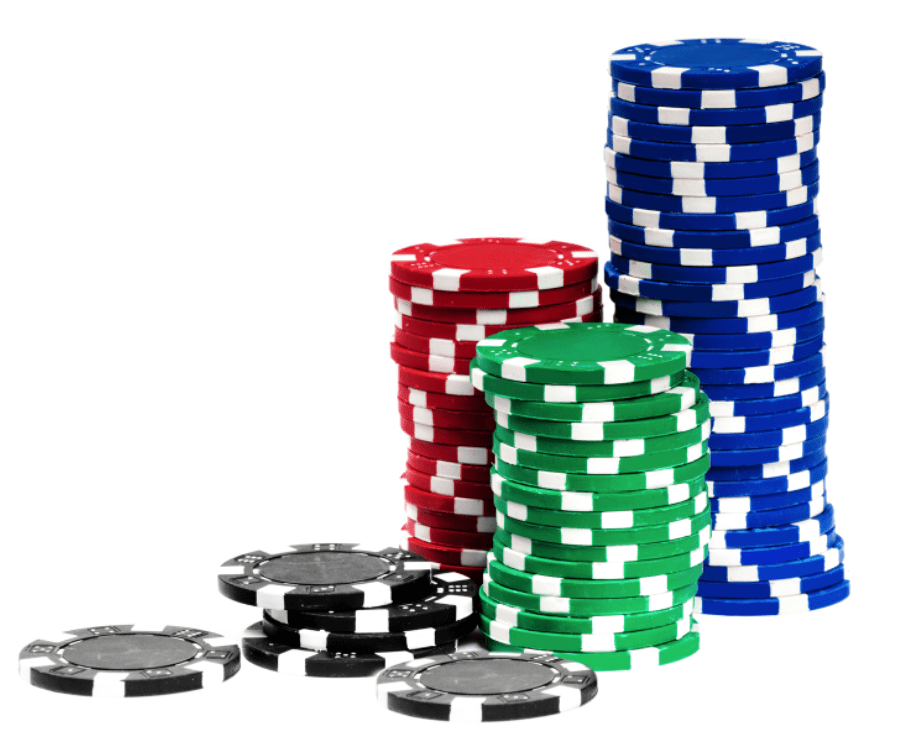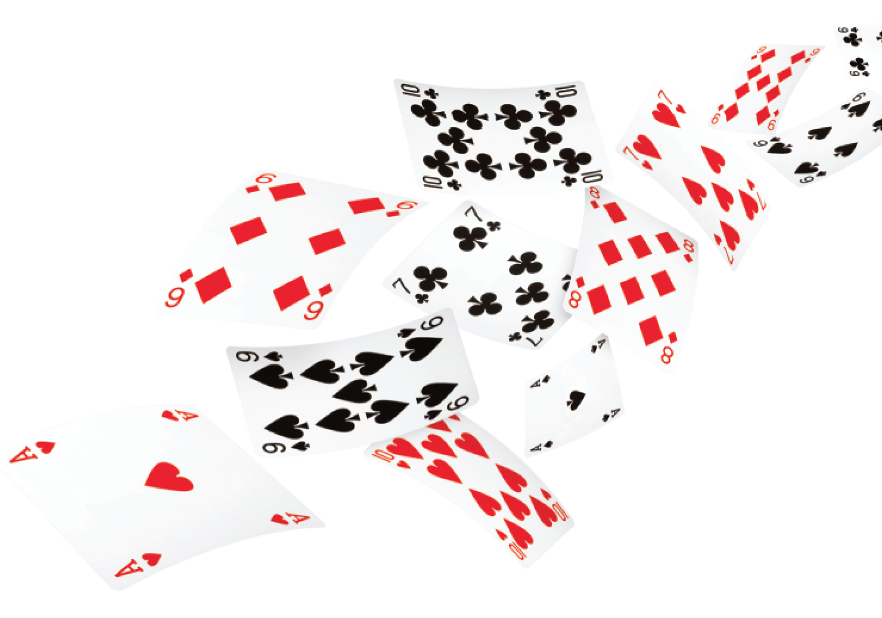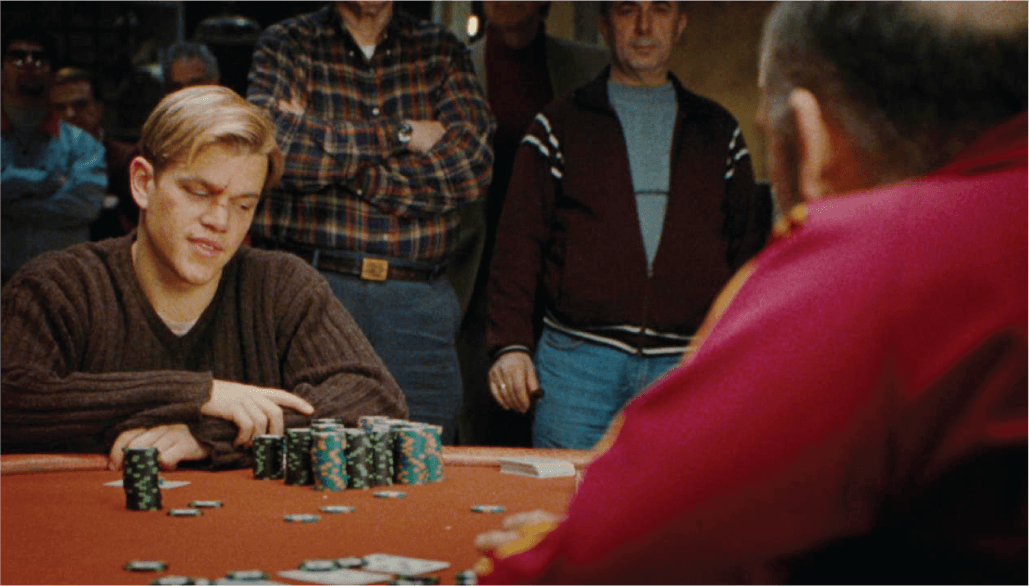Poker Tells 101
Keep your hole cards private by concealing your tells
Poker becomes a lot simpler for players who can use tells to pinpoint the strength of an opponent’s hand. Tells can indicate when someone’s bluffing or how likely it is an opponent has a premium hand. A player who can read tells can fold bluff catchers and perhaps even some strong non-nut hands.
When trying to spot poker tells, know how an opponent looks and moves in normal, less stressful situations. Then look for deviations in their behavior. Be aware of anything opponents do that deviates from their normal behavior because those actions may indicate something about the strength of his or her hand.
One of the main tells that amateurs exhibit is becoming obviously attentive when they have a strong hand and obviously inattentive when they have a weak hand. When players think they have a strong hand, they tend to focus and “get in the zone,” paying attention to each player’s actions and generally sitting up a bit more. When they don’t like their hand, they become unfocused, often slouching in their chair, watching TV or talking to someone at the table.
For example, you raise with 10-9 suited from middle position and both players in the blinds call. The flop comes Q-7-2. If both players are clearly uninterested, make a continuation bet that will frequently win you the pot. However, if one of the opponents perks up and is clearly interested, check behind, conceding the pot. There’s no point in bluffing when you don’t expect opponents to fold.
Take a breath
Base deductions about opponents’ hand strength on how quickly they’re breathing. People tend to breathe faster when they have strong hands and more slowly when they have weak hands. That’s because most people who think they are about to win a bunch of money tend to get excited whereas those who are bluffing want to appear as innocuous as possible, resulting in holding their breath and being still.
Suppose everyone folds to you in middle position and you have K-10 offsuit. If the player to your left, who has already looked at his hand, is breathing at an abnormally fast pace, you should fold because K-10 fares quite poorly against a range of premium hands.
When you start focusing on breathing tells, you will find some players exhibit exactly the opposite behavior, breathing quickly when bluffing and slowly with premium hands. Figure out each player’s tendencies and adjust accordingly. Don’t make the mistake of thinking that everyone will display the same mannerisms. They definitely do not.
Some players make a point of trying to look strong when they have a weak hand and weak when they have a strong hand. When they’re bluffing, they may stare you down or aggressively splash chips into the pot. When they have a strong hand, they may look away from the table or meekly slide their chips into the pot. Once you figure this out about opponents, you can easily adjust to crush them.
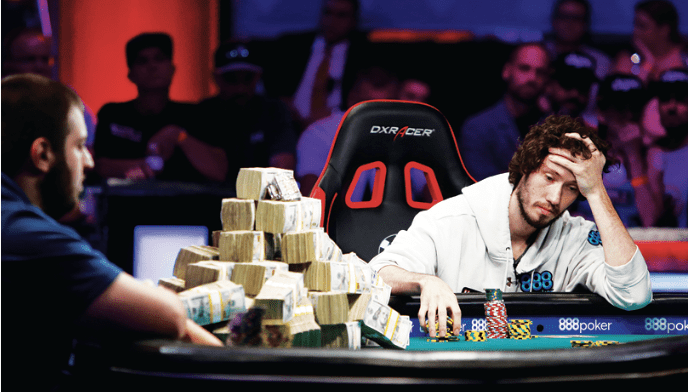
Exercise caution
Most tells are unreliable unless a player has exhibited them numerous times in similar situations. Tells are best used to sway marginal decisions one way or the other. To make a “sick read” and drastically deviate from normally sound strategy, know a specific opponent’s tendencies extremely well. Nothing’s worse than making a huge fold or an insane hero call based on a tell—only to later find out that the behavior you witnessed was irrelevant.
Jonathan Little, a professional poker player and WPT Player of the Year, has amassed more than $7 million in live tournament winnings, written 14 best-selling books and teaches at pokercoaching.com. @jonathanlittle

